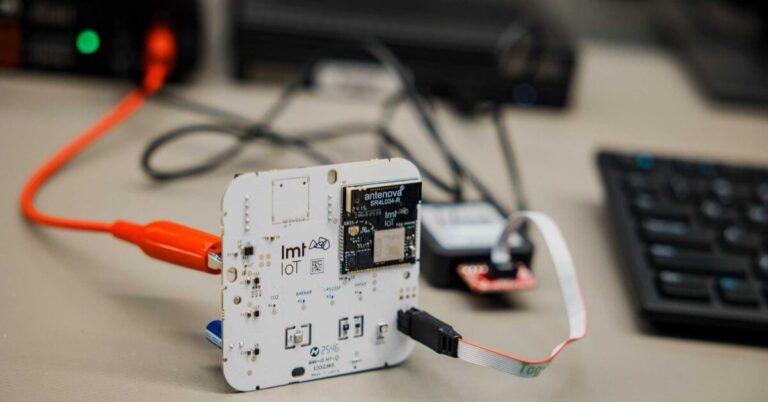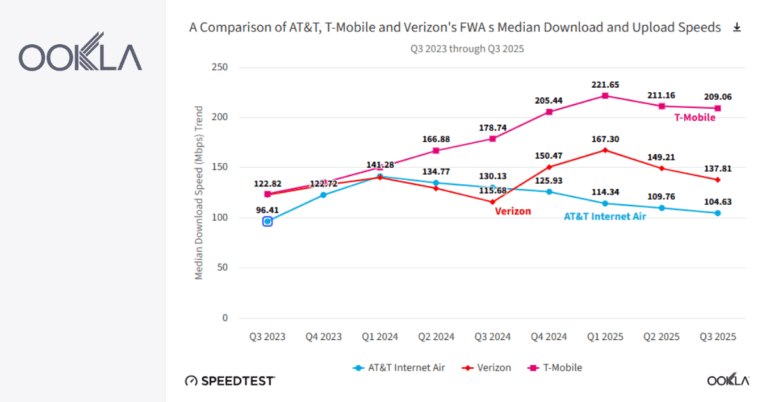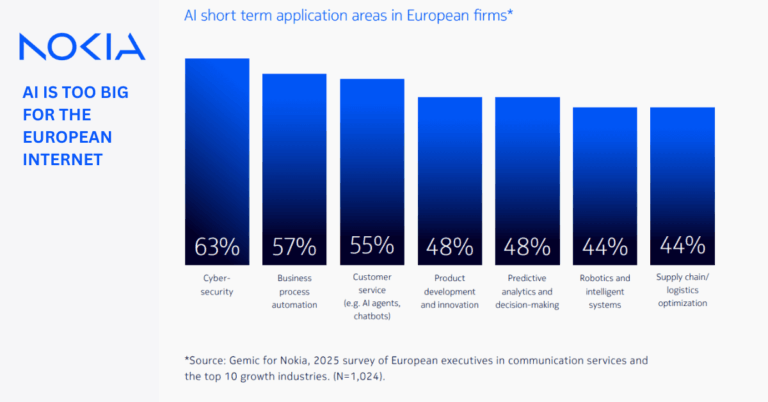The Scotland 5G Centre and Vodafone have delivered two new 5G Mobile Private Networks (MPNs) to develop new use cases and accelerate the adoption of 5G technology across the industry in Scotland.
The 5G MPNs are in The Scotland 5G Centre’s Aberdeen and HALO Kilmarnock innovation hubs. The hubs will help organizations to deliver new applications and services using Vodafone 5G connectivity. Specialist staff will help companies to develop, prototype, and test real-world, 5G-powered applications and use cases.
By identifying issues faced by local businesses, the partnership will help spur growth in the regions and build use cases that go beyond the ‘proof of concept stage. The insights from local businesses will help The Scotland 5G Centre to identify any gaps in skills or infrastructure to support the adoption of emerging technologies.
From commission to switch on, the two 5G MPNs were delivered by Vodafone in less than eight weeks.
In Aberdeen, the 5G MPN will power the ONE Tech Hub initiative, a co-working space for entrepreneurs, established businesses, and regional start-ups to drive digitization and economic diversification in North East Scotland. A particular area of focus will be how new connectivity and digital services can support the energy, renewables and utilities sector, a major employer in the area.
At the Kilmarnock site, the 5G MPN will power HALO Enterprise and Innovation Centre, a regeneration initiative to revitalize Urban Cities and Towns in a collaboration of education and enterprise.
Kim Moran-Hogg, Regional Director for Vodafone UK, said: “We are working with The Scotland 5G Centre to help open up new opportunities for Scottish businesses. By combining our connectivity with local knowledge of the businesses and industries, we can help the Scottish economy to benefit from a 5G connected world. This partnership is about understanding the problems that local businesses face, and developing cutting edge solutions together. 5G will power the future of Scotland’s economy, and help us build an inclusive and sustainable digital society.”
Lara Moloney, Head of the S5GConnect Programme at The Scotland 5G Centre commented “We are extremely excited to work with Vodafone at these two additional locations as part of our network of Innovation hubs across Scotland. Working together to provide 5G access, market education and insight for digital infrastructure and it’s potential ROI for industry offers a competitive advantage to organisations that utilise these unique and high quality services. We are looking forward to supporting ambitious businesses on their 5G journey as we continue to evolve the 5G ecosystem for the benefit of Scottish citizens and the economy.”







































